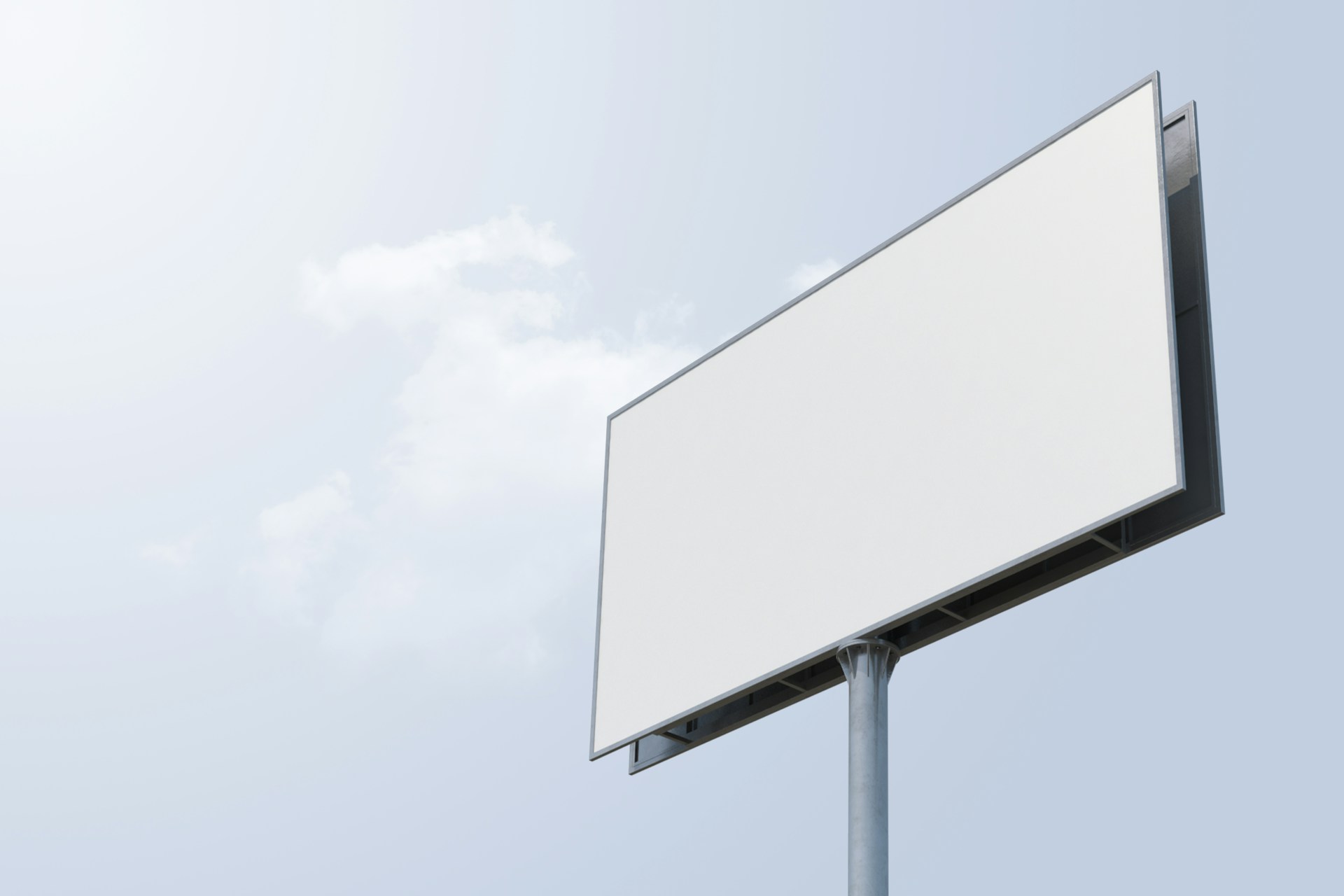
Out-of-home media has plenty of potential when done right. You’ve got ads showing up where people already are, train platforms, packed motorways, city centres – all without needing them to be online. When large numbers of people pass by every morning and evening, it seems like a prime opportunity to grab attention. But timing is everything. And if your campaign isn’t showing up when traffic is heaviest, especially during rush hour, you’re missing the one chance you have to get noticed.
It’s not just about being in the right place anymore. You’ve got to be there at the right time too. A roadside billboard might look perfect on paper, but if it’s lit up outside of commuter hours or installed in a spot that loses morning foot traffic, that spend starts to feel wasted. The people you want to reach have already passed by or never saw it to begin with. That’s where confusion, frustration, and missed results start creeping in.
Signs Your OOH Campaign Is Missing Rush Hour Traffic
Sometimes it’s not obvious straight away that your campaign has skipped the best times of day. Maybe the ad looks great, the design’s strong, and placement feels right. But something’s off. You’re not hearing the buzz. You’re not noticing movement. That’s when it’s time to step back and look for signs that your out-of-home display isn’t catching rush hour traffic like it should.
Here’s what to watch out for:
1. Engagement doesn’t match expectations – If you were expecting a boost in web visits, sales, or app downloads around launch time but notice silence instead, the timing might be the issue. Peak visibility is missing.
2. People ask, “Where’s the ad?” – If your audience isn’t spotting it, there’s a problem. A proper rush hour placement would land right in front of the workers, school-runners, or daily commuters. If it’s crickets, chances are they aren’t seeing it because they’re not around when it’s live.
3. Feedback suggests confusion – Maybe a few people saw the ad, but the comments mention the timing being off or the location being too quiet at certain times of day. That’s telling you your campaign is not meeting the eyes of the morning and evening crowd.
4. Low ROI without technical issues – If creative and messaging seem to be in good shape but results still came up short, it’s time to think about reach. Ask yourself how many people actually passed the ad during key commuter times.
Think about it this way: it’s like setting up your lemonade stand overnight. Everything might be ready, but if no one walks by until 8am, then you’ve missed your customers by six hours. With OOH, the same thing can happen if you don’t sync with your audience’s day.
Reasons Why OOH Campaigns Miss Rush Hour Traffic
Missing rush hour traffic usually doesn’t happen on purpose. It slips through because of decisions that were made early on, planning, location picking, or just going by assumptions instead of data. If your campaign’s not landing where and when you need it to, one of these things could be getting in the way.
Poor timing can stop an otherwise great campaign from taking off. If billboards go up late in the day, or digital signage only plays ads during off-peak hours, you’re already cutting off the highest footfall. Proper scheduling matters just as much as the message itself.
Then there’s the placement issue. Sometimes the ad space looks like a winner! great street, busy area, solid visibility. But if all the traffic passes through before the sun rises or after the campaign goes dark, you’re on a dead stretch during peak hours.
Lack of knowledge about local patterns also plays a part. Without knowing how people move through the space, whether by foot, car, or train, it’s easy to set up shop in the wrong spot entirely. Every town and city has its own rhythm, and cities in the UK have patterns that vary depending on things like school schedules, work culture, or even major local events.
Finally, campaigns sometimes miss the mark because the audience isn’t clear enough. Ads meant for commuters should hit commuter spots. But if the creative is shown outside a residential area around mid-morning, the people it’s intended for probably aren’t there.
Fixing OOH timing and placement issues doesn’t just happen with a brighter design or a sharper message. It starts by understanding who you’re talking to and where they really are during those key morning and evening rush moments. Failing to do that sets the entire campaign on the wrong track, no matter how creative the concept may be.
Effective Strategies to Ensure Your OOH Campaign Hits Rush Hour Traffic
Getting your OOH campaign to align with rush hours isn’t tricky, but it takes some solid planning. Here are a few helpful strategies that can make a real difference.
Timing is a top priority. Launch your campaigns when people are out and about. Early morning as folks head to work and late afternoon when they’re on their way home are often prime times. Use digital screens with scheduling features to target these periods efficiently. You can change the message based on the time of day, ensuring your ad is fresh and relevant.
Location matters just as much as timing. Choose placements where people naturally pause – traffic lights, bus stops, or train stations. A digital ad at a busy pedestrian crossing where folks stop for a break can be a real boost. The longer people spend near your ad, the more time they have to engage with your message.
Use data to your advantage. With today’s technology, you can track typical traffic patterns and adjust your strategy promptly. Maybe there’s a spot where traffic builds up on a particular road more than others. Or perhaps a local event shifts foot traffic temporarily. Adapt your approach based on these changes to keep your ad in the spotlight.
Don’t forget to tap into local know-how. Connect with those who understand the area well, like local marketing experts or agencies familiar with community rhythms. They can offer insights on location trends and peak times you might not catch on your own.
Real-World Examples and Success Stories
Let’s take Manchester, for example. During a recent football season, a campaign for a local sports store placed ads strategically along major routes to the stadium. They scheduled digital displays to change throughout the day. Mornings featured general promotions, while afternoons showed exclusive game-day gear. The results included increased store visits from fans on their way to and from the match.
In another example, a nationwide food delivery service effectively used digital billboards around train stations in London. With ads specifically appealing to commuters with the phrase “Hungry After Work?”, they targeted the after-work rush. This approach boosted orders significantly, proving the power of precise timing and location.
Navigating Towards More Effective OOH Campaigns
To sum up, getting your OOH advertisements to hit just right during rush hour is all about using a mix of timing, location selection, real-time data adjustments, and local insights. Understanding these elements can prevent missed opportunities and ensure people notice when it matters most.
Don’t wait around hoping commuters catch your message. Deploy these strategies to keep your OOH campaign right in the path of your audience. This forward-thinking approach will pay off in increased engagement, improved returns, and stronger brand awareness. Attuning your campaigns to the patterns of everyday life allows you to make that meaningful connection with your audience.
Ready to take your advertising to the next level with carefully timed and placed ads? Discover how Wonderful’s expertise can enhance your advertising efforts. Learn how we can fine-tune your out-of-home media strategies to boost visibility and connect with your audience when it matters most.


